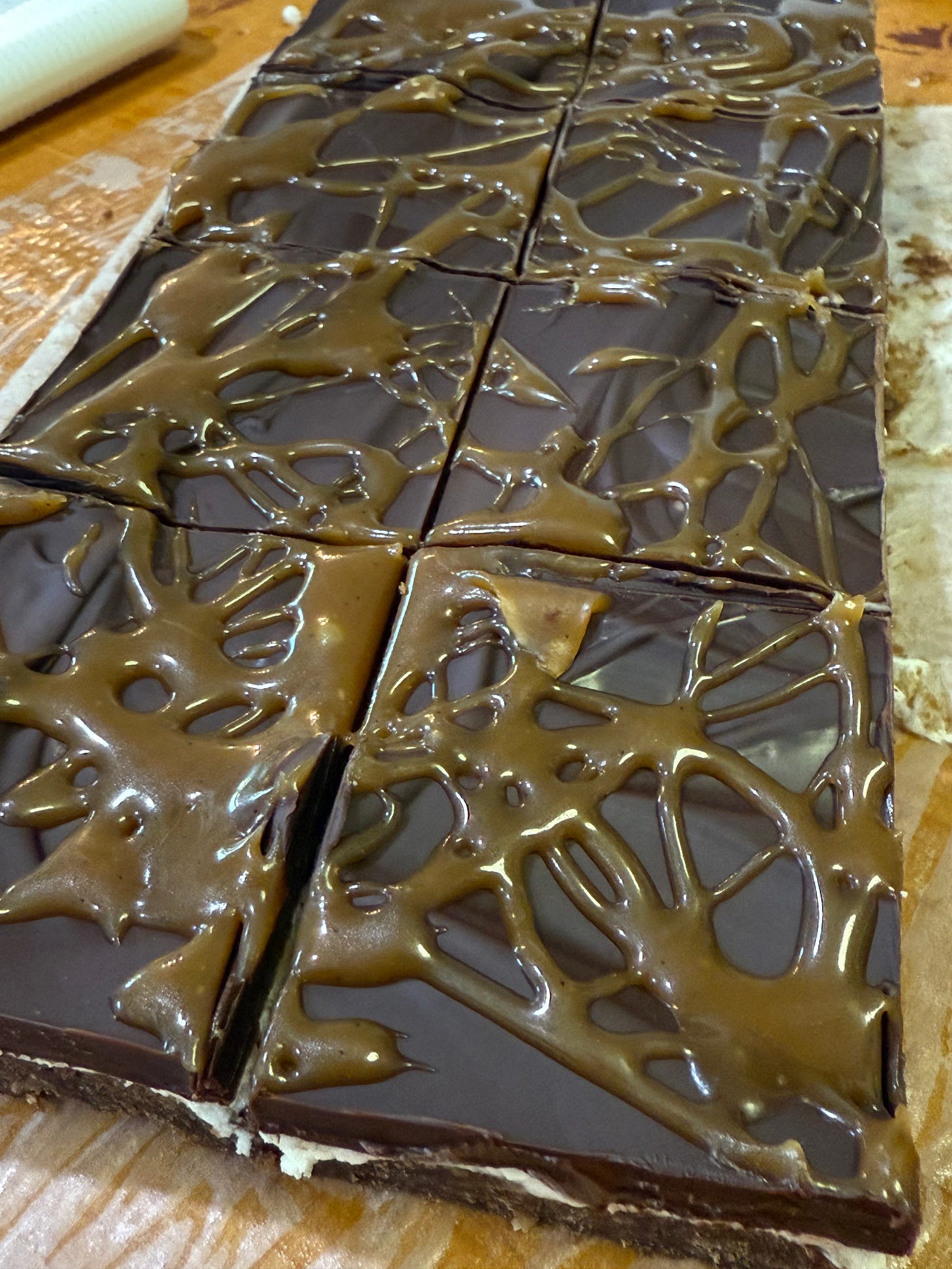A certain amount of pearl clutching takes place when I contemplate editing a recipe beloved by its geographical followers.
On the savory side as an example, adding cooked ingredients to the universally beloved “Salade Nicoise” does not align with the intent of the original recipe. Traditional ingredients do not include potatoes or green beans, though legend has it that Auguste Escoffier, the lauded French chef credited with modernizing haute cuisine, was to blame. Evidently, he switched out several raw vegetables - fava beans, artichokes (only very young, baby artichokes may be eaten raw because they have no choke) and radishes - likely because the young raw vegetables were more difficult to locate and eat.
The genesis of every Italian dish is what’s either on hand, or available locally. Areas of rural France are no exception. The food of…


